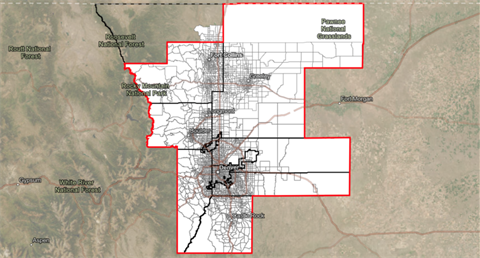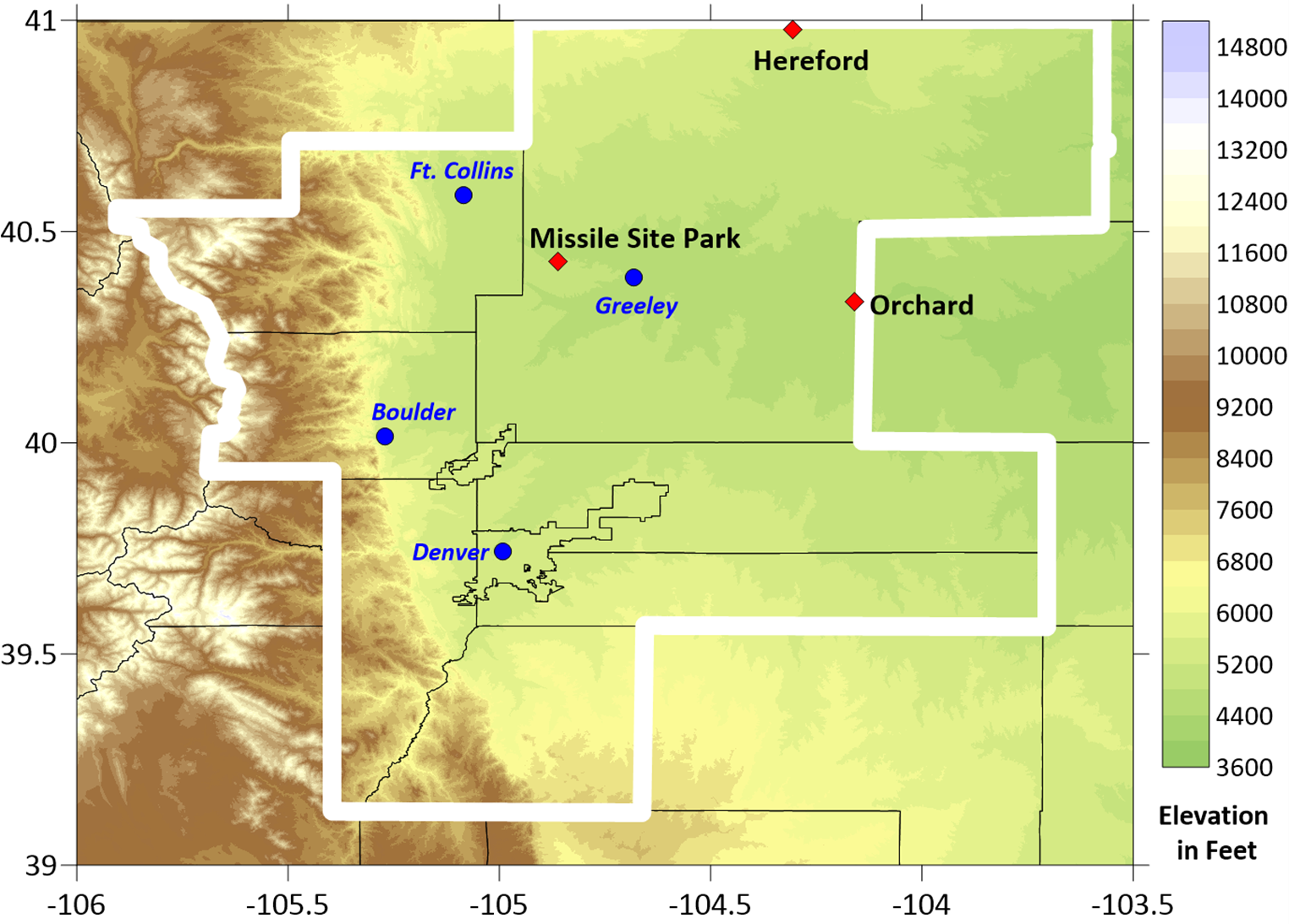What is a Non-attainment Area?

A nonattainment area is an area that does not meet (or that contributes to ambient air quality in a nearby area that does not meet) the National Ambient Air Quality Standards (NAAQS) designations. The Environmental Protection Agency (EPA) is required to give an area a designation whenever the NAAQS are updated based on whether or not that area meets the new standards using the most recent available data. When an area is designed as a nonattainment area, state, and local governments with jurisdiction over the area have three years to develop plans for the area to attain the standards.
What are the National Ambient Air Quality Standards? (NAAQS)
The Clean Air Act, which was last amended in 1990, requires EPA to set National Ambient Air Quality Standards for pollutants considered harmful to public health and the environment. The Clean Air Act established two types of national air quality standards. Primary standards set limits to protect public health, including the health of "sensitive" populations such as asthmatics, children, and the elderly. Secondary standards set limits to protect public welfare, including protection against decreased visibility, damage to animals, crops, vegetation, and buildings.
The EPA Office of Air Quality Planning and Standards (OAQPS) has set National Ambient Air Quality Standards for six principal pollutants, which are called "criteria" pollutants. Units of measure for the standards are parts per million (ppm) by volume, parts per billion (ppb) by volume, milligrams per cubic meter of air (mg/m3), and micrograms per cubic meter of air (ug/m3).
An area with outdoor air exceeding the limit for a given pollutant is considered a nonattainment area for that pollutant. An area may be a nonattainment area for one pollutant and an "attainment area" for others. However, these pollutants are frequently associated with each other and thus a nonattainment area typically fails multiple standards. For example, nitrogen oxides and ozone are strongly correlated.
Where are the nonattainment areas in Colorado?
Currently Adams, Arapahoe, Boulder, Broomfield, Denver, Douglas, Jefferson, Larimer, and Weld counties are part of the Denver Metro/North Front Range ozone non-attainment area. In 2022, the EPA reclassified the Denver metro/north Front Range and northern Weld County as a “moderate” nonattainment area under the 2015 ozone standard. It was downgraded from its previous classification as “marginal” nonattainment. The attainment deadline for the 2015 standard is August 3, 2024, based on 2021-2023 ozone season data.
The Map of Colorado above shows the elevation in feet and the boundary of the nonattainment area for both the 2008 and 2015 NAAQS in a white outline, with the blue circles denoting major cities for reference. The diamonds show the locations of the Weld County air monitors at Missile State Park and Orchard.
How do nonattainment areas go back to being attainment areas?
After initial designations, nonattainment areas have a set timeframe to meet the federal ozone standard. If an area successfully lowers ozone levels and attains the standard, the area can be re-designated as attainment. When an area is designated back to attainment, federal law requires states to establish a maintenance plan showing how it will continue to meet the standard. However, if ozone concentrations in a nonattainment area remain above 70 ppb, the area will continue to be nonattainment. If that occurs, then more stringent requirements will apply to reduce ozone pollution further.
What does it mean if an area re-designates to attainment?
A nonattainment area can submit a request for approval by the EPA to re-designate to attainment if the long-term data shows all the monitors in the area have met or been below the federal standard. Approval of this request by the does not mean that the work to reduce ozone in the area stops. When an area is designated back to attainment, federal law requires states to establish a maintenance plan showing how it will continue to meet the standard. If future monitoring shows that ozone levels are no longer meeting the criteria, the maintenance plan helps determine the ways the problem will be addressed.